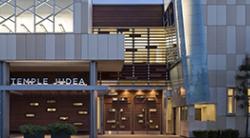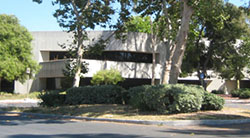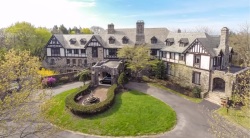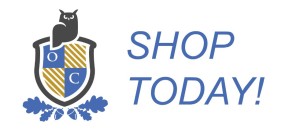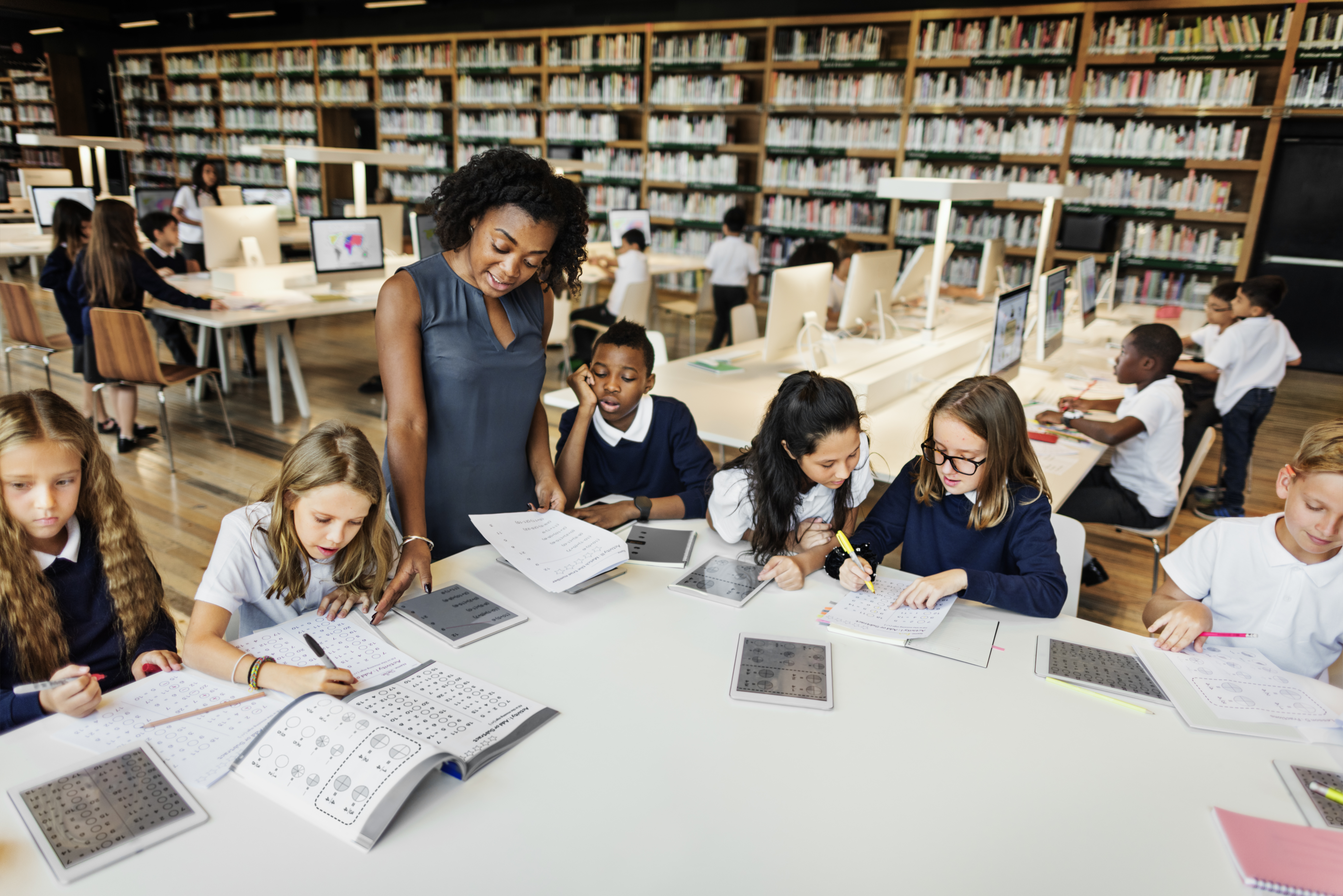
Gifted students often feel trapped in classrooms that lean on traditional curriculums and teaching methods that cater to the average student. But gifted students are not average. Each of them is unique and has his or her own strengths, interests, obsessions, passions, and sometimes, learning difficulties.
As a group, gifted students comprehend complex ideas quickly, learn content more rapidly and in greater depth than their same-age peers. They desire more in-depth exploration of ideas and topics. They grasp concepts and generalize seemingly unconnected subjects. And while their peers answer questions, gifted students question answers.
Educators have been exploring ways to cultivate giftedness. They have focused on the building blocks of learning. They identify concepts and content as one learning objective. They look at the process of learning – how children are taught – as another objective. And they look at the product of education – how do students show what they have learned?
In studying these areas as they apply to gifted students, educators have proposed that all three areas be modified, with an integrated curriculum model (ICM) developed for them. The ICM addresses the needs of gifted students and gives them the best opportunity to develop their unique skills and talents in their own ways and at their own pace.
ICM places emphasis on overarching concepts, advanced content, higher order thinking skills, real-world applications, and cross-discipline approaches.
Concepts Give Meaning to Content
The mastery of subject content is the goal of all education. Content can contain ideas, facts, rules, descriptive data, pictures, sounds, observations, opinions, and virtually any kind of manifestation. Often, this content is presented within a narrowly defined context (mathematics, English, art, etc.). But gifted students see relationships across boundaries. They think in terms of broad-based themes and want to see how approaches and solutions work in different situations.
They want to know why things burn and what causes smoke but they also might want to know the history of big fires, what fire looks like in different situations, and how fire protection or suppression systems work.
An entire content area can be arranged and structured around a conceptual framework. It can be mastered in less time than if taught traditionally. In addition, concept-based instruction can expand opportunities to generalize and to integrate and apply ideas
Gifted students should be allowed the latitude to study material in depth and to relate what they study to different subject areas. They should be able to tackle more complex material that might require higher level reading or more resources than typically required.
The Learning Process Is Student-Centric
In addition to modifying content by presenting it within a greater conceptual framework, the ICM involves modifying the process of learning the content. Gifted students learn at different paces than their peers. They learn it faster. They should be allowed to skip the lessons on information they already know. Compacting information in this way will allow them to advance to the level that is more challenging.
If they have mastered larger chunks of information, they should be allowed to accelerate, sometimes skipping entire courses or years to move to the level where they are on a par with other students regardless of age.
Gifted students should be allowed and actually encouraged to do more research to satisfy their insatiable curiosity and drive to accumulate more knowledge. They should be able to use the process of scientific inquiry, inductive and deductive reasoning, and general problem-solving skills applied across disciplines.
Activities should be restructured to be more intellectually demanding. Questions for gifted students should include open-ended ones that stimulate inquiry, exploration, and discovery. They should be challenged to think about subjects in more abstract ways. And they should be allowed to follow their interests in self-directed learning.
Where much time is spent in traditional classrooms in practicing skills and repeating exercises, the ICM approach suggests a change for gifted students. They need little practice and should be allowed to move up the Bloom’s Taxonomy of Educational Objectives from lower levels of memory and recall to levels of analysis, synthesis, and evaluation.
The environment can be modified, too. Gifted students benefit from being connected to the world outside the classroom. Interaction with industry experts, community officials, or college instructors can provide a more rewarding experience in learning solutions to problems that really exist in the community or world at large.
Student Expression Is More Than Test Results
How do teachers know if students have mastered the material? There are the traditional quizzes and tests. There are homework and reports. And there is a project or two. But the evaluation of the student relies on the kind of test or requirement that is presented. How much do teachers really know about the students’ abilities to use the information currently absorbed in future situations?
Perhaps a better evaluation of subject understanding would be based on a different rubric? Since gifted students can visualize what they study in different ways, they are able to create different methods of expressing that knowledge. In educational language, they are able to create different “products” that show what they have learned.
Instead of writing a book report or giving an oral report, students might choose to design a game around the theme and characters of the book. Or they may create puppets representing the characters and situations of the book, or draw a series of pictures related to the plot. There are many media possible and many ways to demonstrate, not only knowledge of subject matter, but the application as well.
Learning styles vary and product outcomes can vary with them.Products can address real problems, real concerns, and real audiences. They should synthesize rather than summarize. And they should include a self-analysis and evaluation of what was learned.
Integrated Curriculum Model (ICM) Is Ideal for Gifted Learners
ICM is not meant for remedial learning; it is designed to advance learning at a faster pace and in more depth than the traditional curriculum. It emphasizes higher order thinking skills rather than repetitive practice and rote memory. It allows multi-functional learning across disciplines and stresses conceptual learning. It supports techniques like scaffolding, compacting, and accelerating. It is the best way for each gifted student to flourish according to his or her own style.

